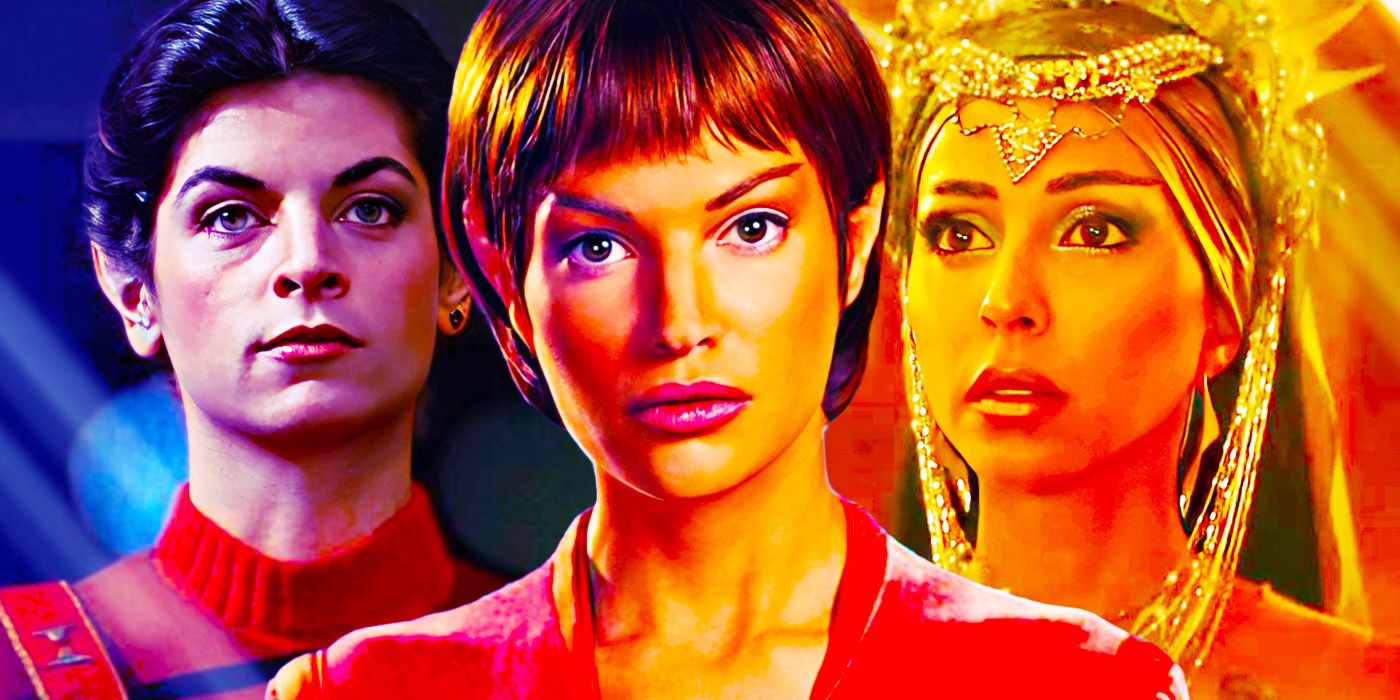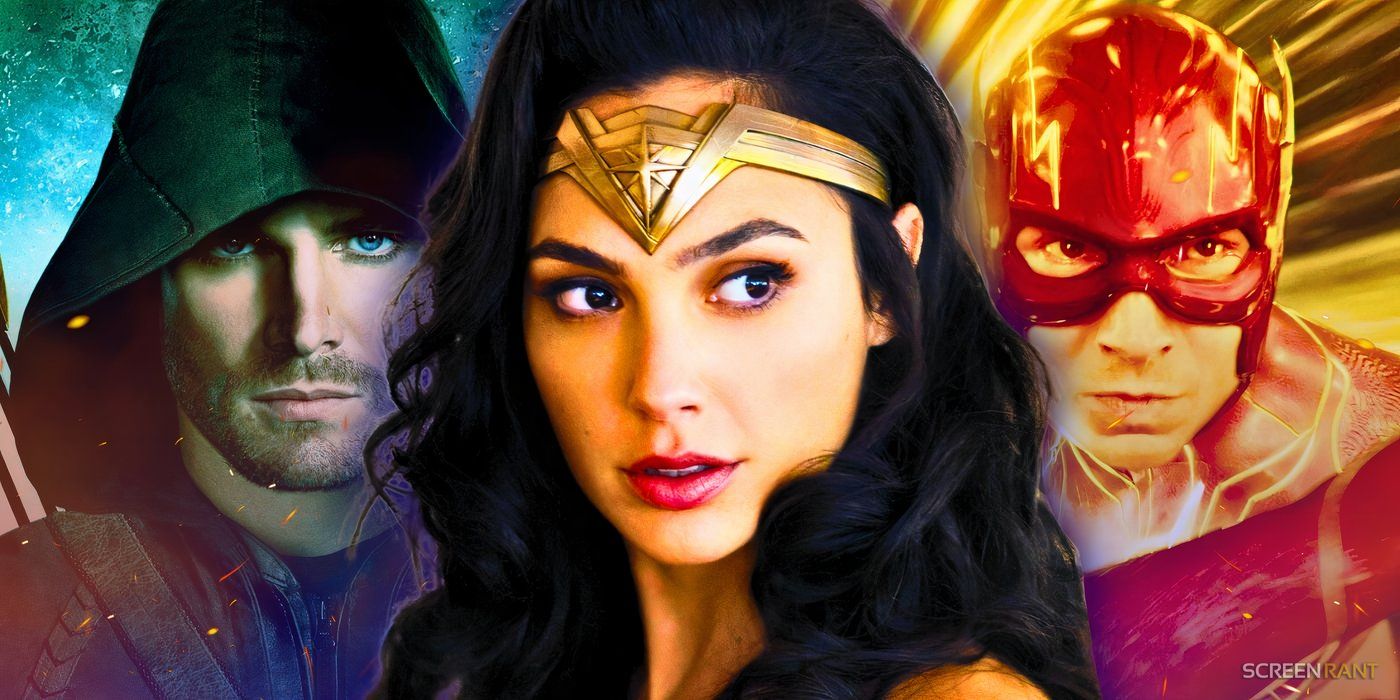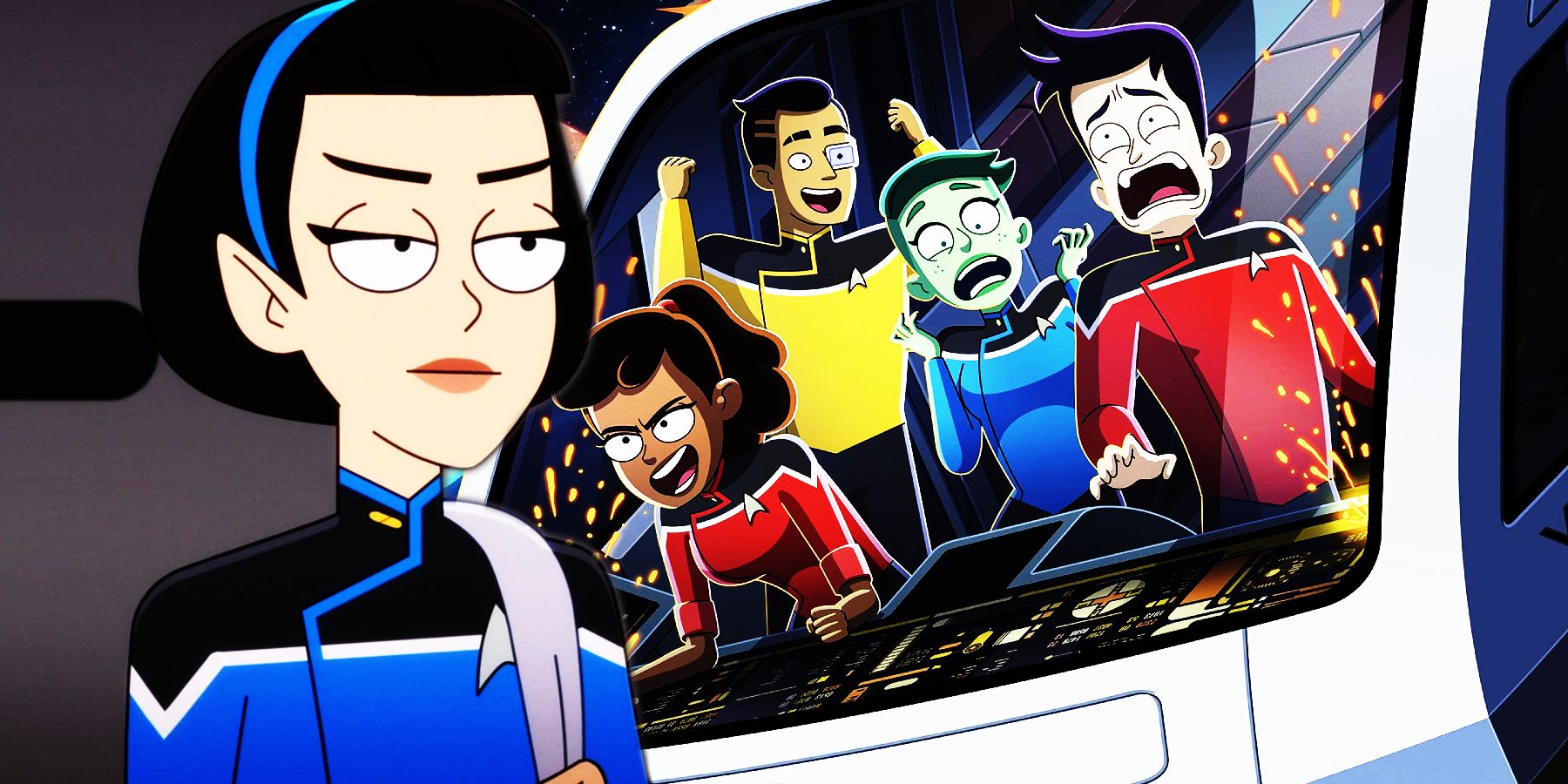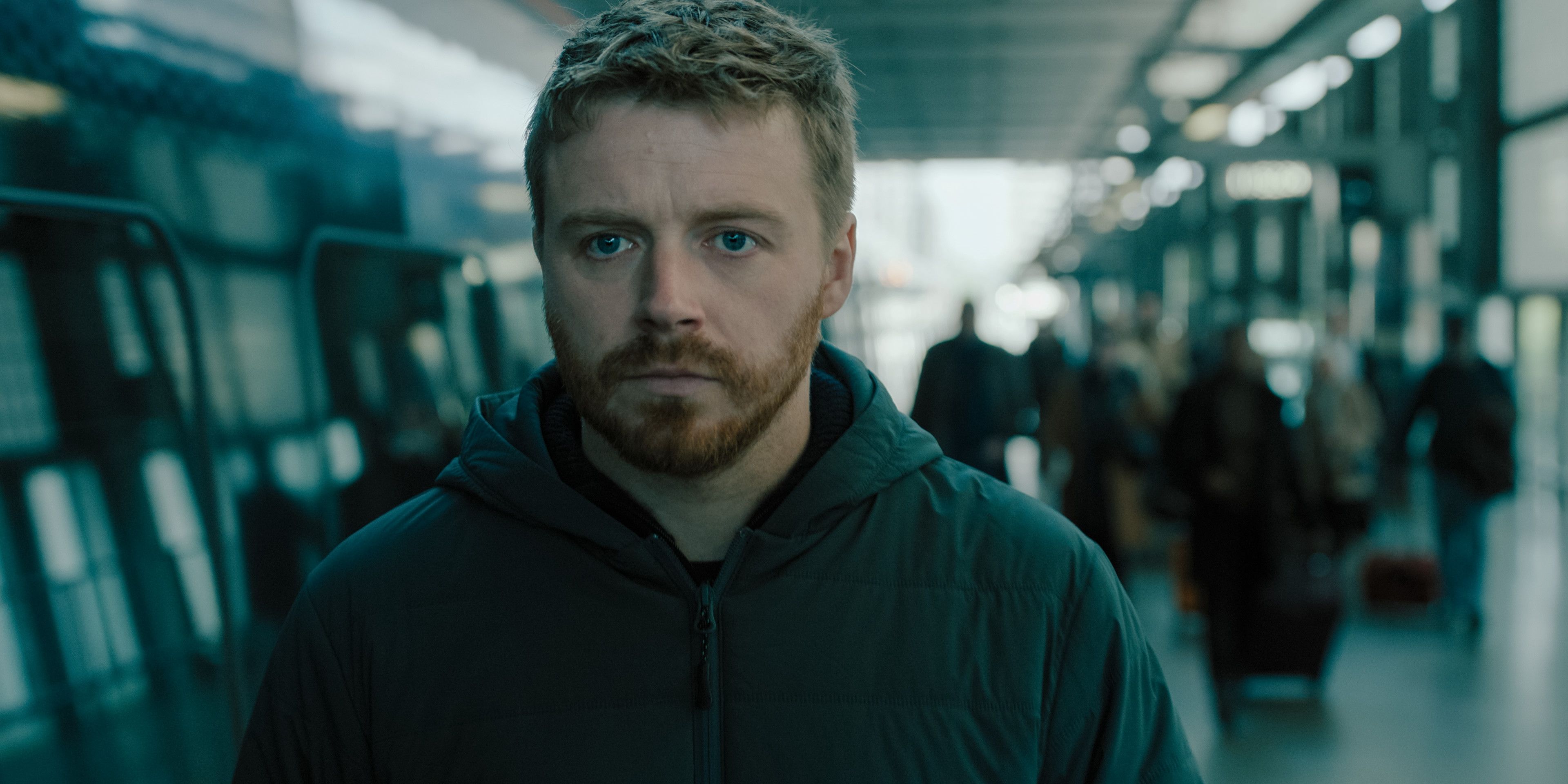It may not be the most anticipated remake of a JRPG to come out this month, arriving just weeks after Final Fantasy VII Remake, but the release of Trials of Mana is an event that some players have been looking forward to for a long time. Originally released in Japan as Seiken Densetsu 3 in 1995, Trials of Mana was only playable in English with an unofficial translation until last year, when it was included in Collection of Mana. Now, fans of the Mana series have a fully remade version of this overlooked classic to play with the standalone release of Trials of Mana.
Not unlike FFVII Remake, Trials of Mana is far more than a simple remaster. The new release is rebuilt from the ground up, translating the original game’s top-down 2D point of view into a full 3D third-person perspective and updating its already real-time battle system to be even more active. Trials of Mana’s soundtrack has also been completely re-recorded, though there’s an option to switch back to the original Super Famicom soundtrack at any time. Despite all the changes, Trials of Mana feels in many ways like playing a game from 1995, for better or worse. Searching through towns to find treasure chests hidden behind houses and talking to villagers who exist just to tell wandering adventurers what they think about the king may stir some nostalgia in certain players, even as the game’s dull gear progression and thin story seem out of date.
The Mana series’ real-time combat was unusual for an RPG at the time, and even though it’s become much more commonplace now, Trials of Mana’s high point is still its battle system. At the beginning, it’s extremely simplistic. Players can take control of any character in the party during combat and everyone from warriors to mages has a light and heavy attack, a dodge, and a “class skill” that powers up as they fight, allowing them to unleash a powerful attack that can turn the tide of a battle. Enemies tend to telegraph their attacks pretty clearly and red circles on the ground show where and when their most devastating moves will land, so even the frailest character can dodge their way out of danger. It makes for incredibly fun, active battles, even though every character performs almost identically for the first few hours. Because of that, combat can feel limiting at first, but just as it starts to get too repetitive, more options open up.

Leveling up gives characters skill points that they can put into various attributes to both boost their power and unlock entirely new abilities. Some are passive, like increases to damage or the ability to debuff enemies with attacks, while others are entirely new skills and spells to use. At the most basic level, every character controls exactly the same, but the different skills they can all unlock make each one feel unique and serve a specialized role in combat. Although all characters start with little more to do than bash enemies over the head, by the end they’ll branch into dedicated specialties like healers, damage dealers, tanks, and debuffers, thanks to a class change system that lets players choose a distinct upgrade path for each one.
Once every party member has chosen a specialized class, combat really finds its stride, with players needing to constantly switch between party members to get the most out of them. That’s partly because abilities open up a broader range of tactics later in the game, and partly because the AI that controls party members can’t really be trusted as battles get more difficult. Players can adjust party members’ behavior somewhat, telling them whether to focus on offense or defense, how often to use items and abilities, and which enemies to target first, but it’s not a perfect system. It does offer a decent amount of control over how the AI behaves, and in general, AI-controlled characters are pretty good about choosing the right spells and items for the job, but in any fight where positioning matters, it’s mostly up to the player to keep them from standing in the way of incoming attacks or wading through pools of poison.
Even with all their quirks, the characters in Trials of Mana are most interesting when they’re in combat. When it comes time for them to get their spotlight in the game’s story, every character comes off as barely even one-dimensional with hardly any character development or even an interesting personality trait between them. It’s hard to fault any single aspect of Trials of Mana’s story as the main culprit when it all feels so unimpressive. There’s not a memorable line of dialogue in the entire game, and the voice acting is off-putting and bizarre. Some characters sound almost intentionally stilted and awkward, while most of the children in the game have voices that seem designed for pure irritation.

On a larger scale, every character has their own single-minded motivation without a speck of nuance, and they stay the same from start to finish. The fact that no two characters are after the same thing makes the story feel completely disjointed. Only three of Trials of Mana’s six characters can be in the player’s party, and the other three will sometimes show up without introduction or after being missing for hours to continue their storylines before quickly disappearing again. Outside of the strange insularity of each character’s story, the overarching plotline is as generic a fantasy story as there ever was, with the party and the forces of evil all chasing after eight magic stones to either save or destroy the world. With the thinnest of logic, the game shuttles players around the world to complete their quest, with even the ultimate goal seeming unclear most of the time.
To be fair, most players are probably coming to Trials of Mana for the combat more than the story, and while the tale it tells is dull, it never actively detracts from the experience. What does hurt the game somewhat is how linear the story is. As the party is dragged from one location to another, there’s hardly ever a chance to explore outside of where the next story beat happens. Players can wander around town or head outside to fight enemies, but there’s essentially no exploration to be done. Each area’s map is packed with hidden items, but there’s rarely anything more interesting than a stash of money or maybe some gear that will be quickly outgrown. Especially near the end of the game, when the focus narrows to defeating a series of bosses without much in between, even Trials of Mana’s excellent high-level combat starts to feel almost as repetitive as it did at its barebones early levels.

Even when the game devolves into backtracking through old environments or rushing through late-game stages, it at least looks great doing it. The game’s original sprites have been replaced with gorgeous 3D models that look ripped right out of a cartoon. Characters look expressive from the start and they get even more interesting to look at as they don increasingly over-the-top gear by changing classes. Some of the textures in the game’s environments look a little flat, but in the heat of battle with spells and abilities flying, Trials of Mana is incredibly to look at.
Despite its faults, Trials of Mana is well worth the wait for fans of the series or of action RPGs in general. Trials of Mana’s story may fade from the mind the second it ends, but the combat and wide array of upgrades are more than enough to make the game an easy recommendation and even warrant a second playthrough. With a three-person party and six characters to choose from, the second time around also offers a whole new set of classes to play with and, for what it’s worth, another perspective on the story.
Trials of Mana launches on April 24, 2020 for PlayStation 4 and Nintendo Switch. Screen Rant was provided with a PS4 code for the purpose of this review.





